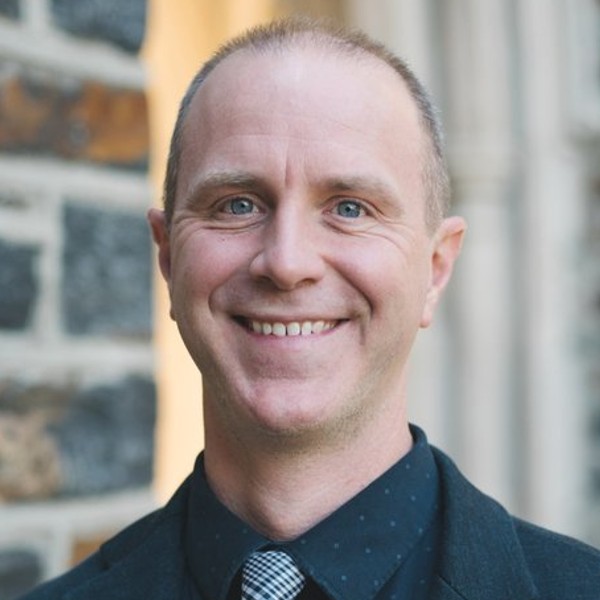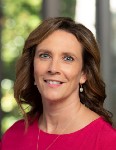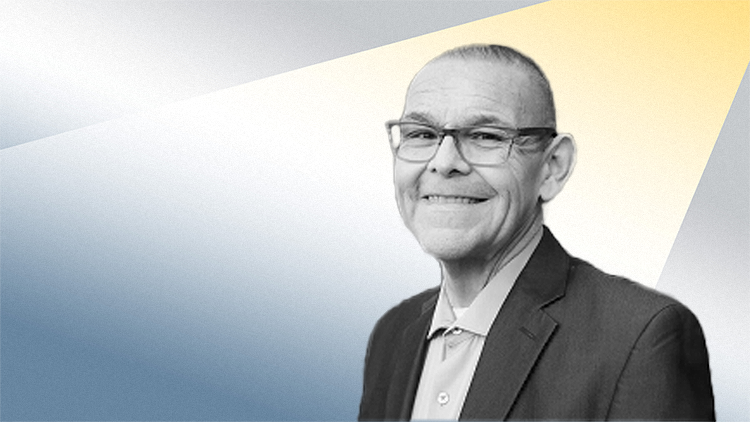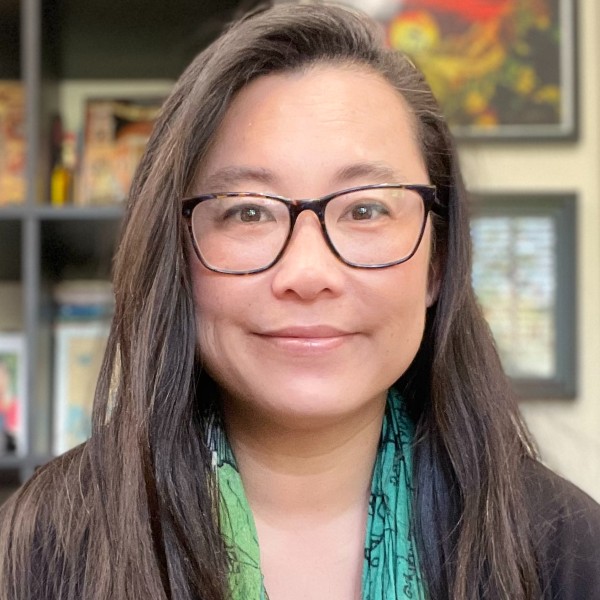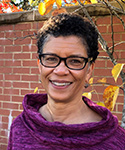More than 16 years ago, on the first day of my first real job in higher education, my supervisor treated me to lunch. Over grilled cheese and tomato soup, she said something that has stuck with me all this time: “I believe in you, and I want this job to be an opportunity for your growth and development, so let’s be sure to focus on that.”
I was coming out of a toxic church situation, and my new supervisor’s offer of support and mentorship gave me hope in my new role.
I am grateful for having had many wonderful mentors in my career as a pastor and higher education administrator. Their generous investment in me has inspired me to mentor others.
My first leadership mentor was my mother, who, after serving as a super church volunteer for more than 30 years, finally accepted a call to ordained ministry and served for 15 years as a senior pastor.
My mother modeled inclusion; for example, she took a special interest in the youth group kids. Every year, we hosted a big Halloween party at my parents’ farm in rural Illinois, with my dad driving the hayride tractor. Mom would work the phones, organizing transportation to make sure all the kids could get there.
She frequently disrupted our church system by not only serving as a woman in a leadership role but also including other women in leadership positions.
Achieving inclusion in leadership continues to be a problem across institutions. The number of women, and particularly women of color, who reach senior leadership roles continues to be small. In higher education, a clear majority (58%) of college students are women, yet only 33% of college presidents are women. Approximately half of college students identify as a race other than white, yet 73% of college presidents identify as white.
Representation is not more abundant in the church world, and in many ways, is worse. In my own United Methodist Church, where women are widely accepted for ordination and are a clear majority of members, only 32% of clergy are women. And the church remains one of the most racially segregated institutions in the United States.
This lack of representation in senior leadership roles is a wicked problem that requires individual, institutional and systemic solutions. I’ve come to believe that one important piece of the solution on an individual level is mentoring.
All along the way, I have felt frustrated that I am not making a bigger impact — and a bit terrified that I, as a white male, will do more harm than good by seeking to mentor people with identities different from mine. It puts a knot in my stomach to write publicly about my intentions in this area where I have so much to learn, but it is starting to seem more problematic to be silent. I recognize that white men can play a key role as gatekeepers.
I’ve had successes and failures. I’m happy to say that of the 21 employees I have had the privilege of hiring, most have been women and/or people of color, and most of them are thriving in new leadership roles. One of my proudest professional accomplishments was pivoting the leadership of a church I planted to a woman who has since led that church for more than 10 years.
I’ve also made mistakes. In one instance, I pushed one mentee too hard in my eagerness to develop what I saw to be her talents. In the end, I apologized and acknowledged, “I did a bad job of listening.”
In the academic literature on leadership development for women and people of color, mentoring comes up frequently. Recent studies that center the voices of women and people of color suggest that while mentoring may be helpful, what’s needed most are people who will move beyond merely mentoring to advocacy on their behalf.
I am now convinced that mentoring and advocating for mentees is crucial to progress. I’ve found success with a particular style of mentoring I think of as “mindful mentoring.”
Mindful mentoring moves beyond simply investing in someone to identifying, addressing and dismantling the systems that lead to disparity and inequity. The starting point is awareness of who is in your sphere of influence.
One theory I find useful is Leader-Member Exchange (LMX), which attempts to describe the quality of exchange in the relationship between leaders and the people influenced by them.
It describes an in-group and an out-group. In the workplace, those in the in-group have a deep connection and high-quality relationships with the leader. Studies have shown that being in the in-group leads to higher job satisfaction, commitment, performance and innovative behavior.
Those in the out-group are under the supervision of the leader but lack the high-quality connection of the in-group, and all the outcomes previously mentioned are worse.
The first step to being a mindful mentor is awareness. I know how easy it is for a white male in a senior position to forget his privilege, and I recommend a simple exercise to help leaders be mindful of their relationships.
Take a sheet of paper and draw two large circles, one inside the other. Label the inner circle “in-group” and the outer circle “out-group.” Next, write in the in-group circle the names of the people in your sphere of leadership with whom you have a great connection.
Then fill in the out-group circle. Finally, apply the lens of gender and race to the names on the paper. Who is in your circle(s) of influence? Who is missing?
When I first tried this exercise, I was surprised and disappointed to see how many people in my inner circle looked like me. I now complete this exercise twice a year. It’s helped me be aware of who is in my in-group and to strategize about how to move women and people of color from the out-group to the in-group.
Being a mindful mentor includes doing your own work of self-awareness, striving for cultural humility, uncovering your own implicit biases, and perpetually attempting to understand why these representation disparities exist in the first place.
It’s easy to get overwhelmed at the scale and scope of the work that needs to be done, but being a mindful mentor is practicing hope by focusing on what is within your control. Be aware of your immediate context and think concretely about what you can do today to make a difference.
I have two little daughters, and my deep desire is that they will grow up in a world where their gender will not limit the leaders they can be. Currently, their primary care physician is a woman, and we have many female family friends who are medical professionals. The other day, one of my daughters asked me, “Daddy, can boys be doctors too?”
I said, “Yes, boys can choose to be doctors too.” This kind of upside-down thinking motivates me to be the best mindful mentor I can be.


